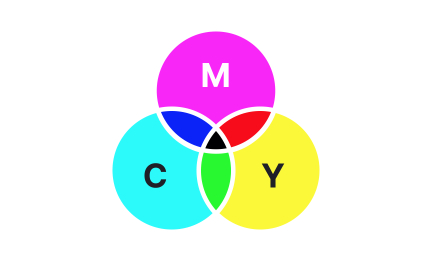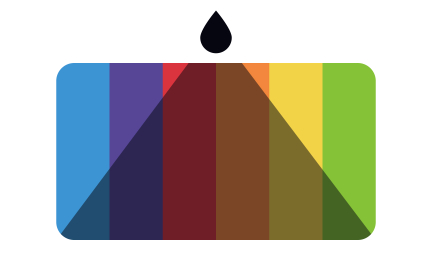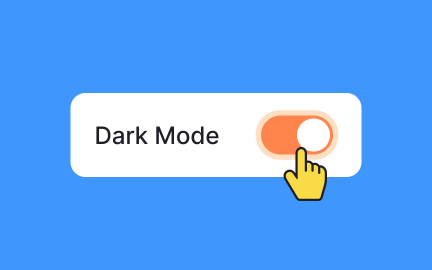Shadows
Shadows in design are visual effects that simulate depth, light, and layering, helping to distinguish elements and improve readability in digital interfaces.

TL;DR
- Simulate depth and layering in design.
- Differentiate elements from backgrounds.
- Guide user focus and visual hierarchy.
- Enhance readability and usability.
Definition
Shadows are visual design techniques that use contrast, blur, and positioning to replicate the effect of light, giving digital elements the appearance of depth and separation.
Detailed Overview
Shadows are a foundational design tool that brings a sense of depth and realism to digital interfaces. By simulating the way light interacts with objects, shadows help users distinguish between layers, surfaces, and interactive elements. For instance, a button with a subtle shadow suggests it is elevated and clickable, while flat elements without shadows feel passive.
A frequent question is why shadows matter in digital design, which is inherently flat. While screens are two-dimensional, shadows provide cues that mimic real-world physics, making interfaces easier to interpret. A card with a drop shadow appears above the background, helping users recognize it as a distinct, interactive component.
Another common query involves shadow intensity. Strong, dark shadows can create dramatic emphasis but may overwhelm a minimal design. Subtle, diffuse shadows, on the other hand, provide gentle separation without distracting from content.
Teams often ask how shadows interact with usability. Beyond decoration, shadows communicate depth and state. Hover shadows, for example, give feedback when users move a cursor over an element, signaling interactivity. Similarly, layered shadows can show which window or modal is in focus compared to the rest of the interface.
Accessibility is also an important consideration. Shadows should never be the sole indicator of interactivity, since users with visual impairments or poor contrast perception may miss them. Pairing shadows with other cues like color changes, outlines, or animations ensures that all users understand affordances.
Another frequent topic is performance. Complex shadow effects, especially in animations, can increase rendering load on low-powered devices. Designers and developers must balance aesthetics with efficiency, testing shadows across platforms to ensure smooth performance.
Finally, shadows are central to design systems and visual identity. Different design languages, such as Material Design, define specific rules for shadow elevation levels, ensuring consistency across products.
Learn more about this in the Shadows Exercise, taken from the UI Design Elements Lesson, a part of the UX Design Foundations Course.
Shadows simulate depth, helping users distinguish between layers and identify interactive elements. They replicate real-world cues, making interfaces more intuitive.
Without shadows, flat layouts may appear monotonous, and users may struggle to differentiate content or understand hierarchy.
The intensity depends on context. Strong shadows create emphasis and highlight priority elements, while subtle shadows provide gentle separation. Overly dark or frequent shadows can clutter interfaces.
Testing variations ensures shadows support hierarchy without overwhelming users.
Shadows are often used as feedback mechanisms. A hovering shadow shows an element is interactive, while layered shadows indicate focus. This dynamic behavior reduces uncertainty about what users can engage with.
They add clarity, making navigation smoother and interactions more predictable.
Not on their own. Users with limited vision may not notice subtle shadows. Shadows should be paired with additional indicators, such as color changes, outlines, or animations, to ensure affordances are universally clear.
Inclusive shadow use balances aesthetics with accessibility, ensuring no user is excluded.
Design systems often define shadow levels to ensure consistent application. For example, Material Design specifies elevation levels with corresponding shadows to indicate hierarchy.
By standardizing use, shadows contribute to predictable and cohesive interfaces across products.
Recommended resources
Courses

UX Design Foundations

Design Terminology

UI Components I
Lessons

Intro to Shadows

Intro to UI Cards










